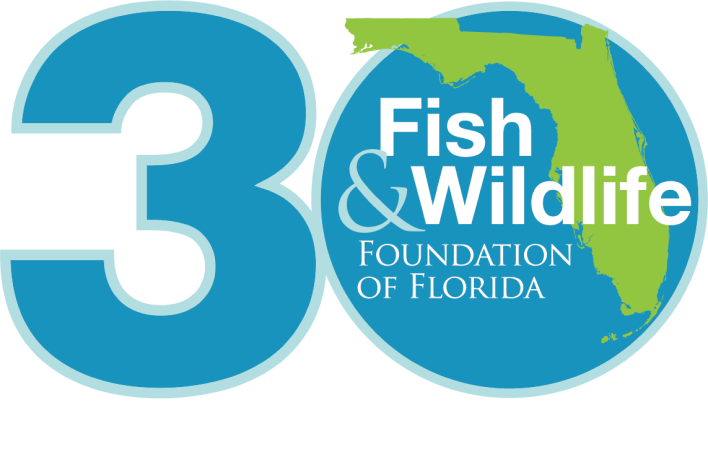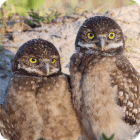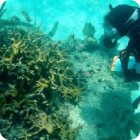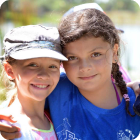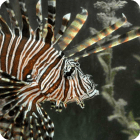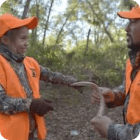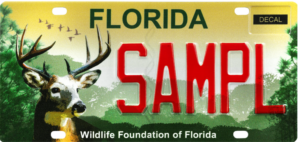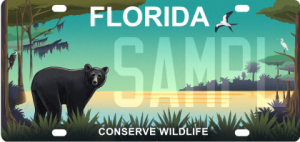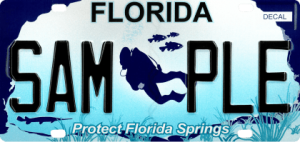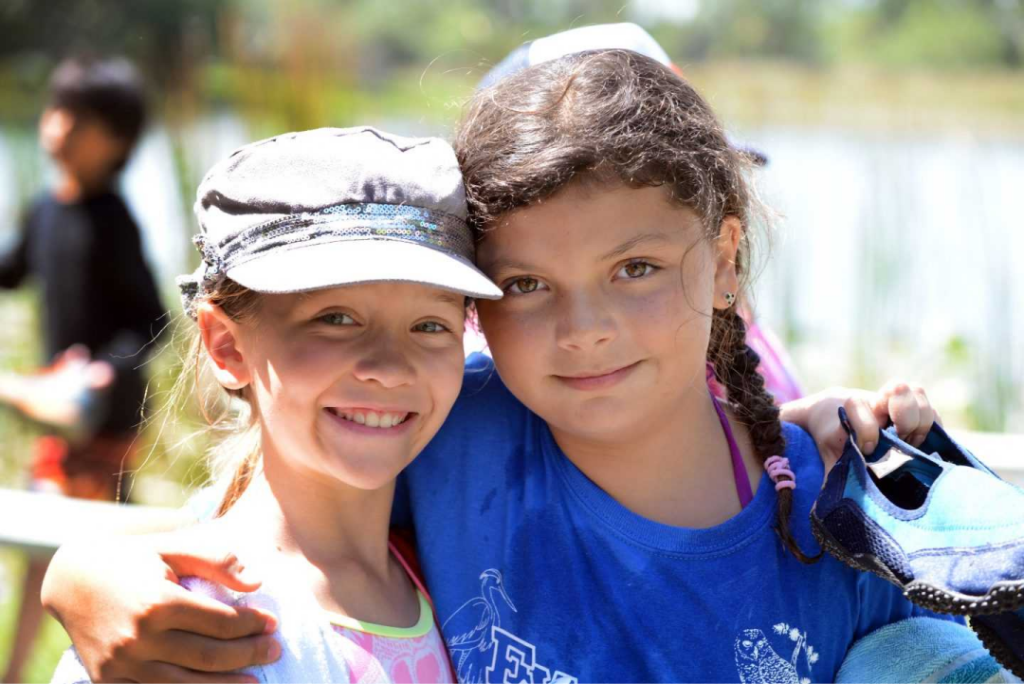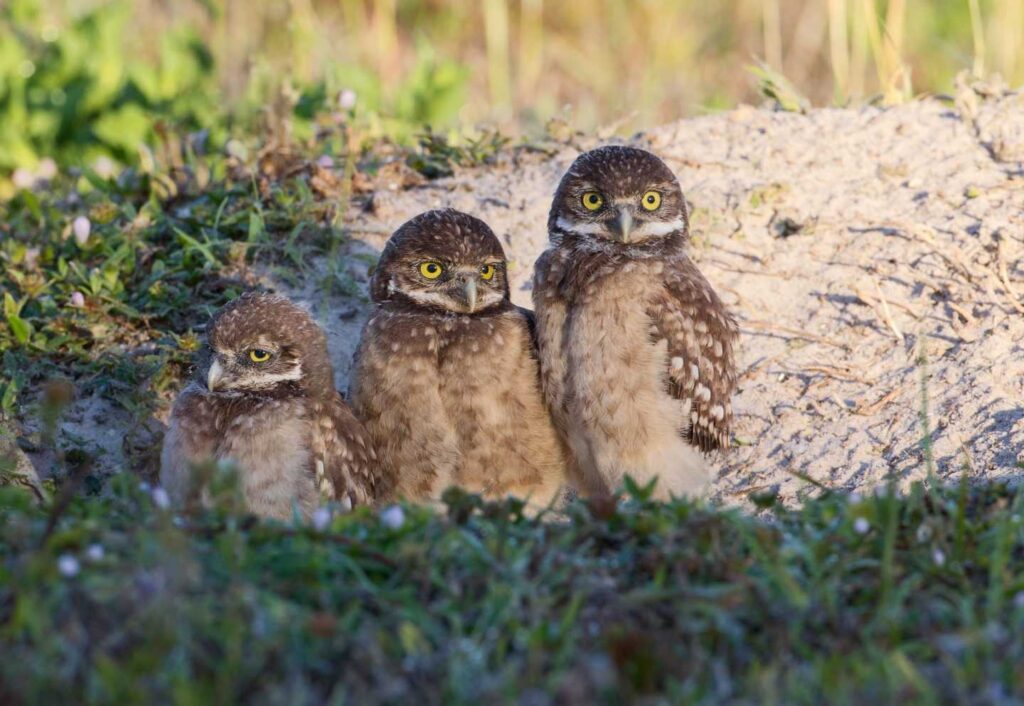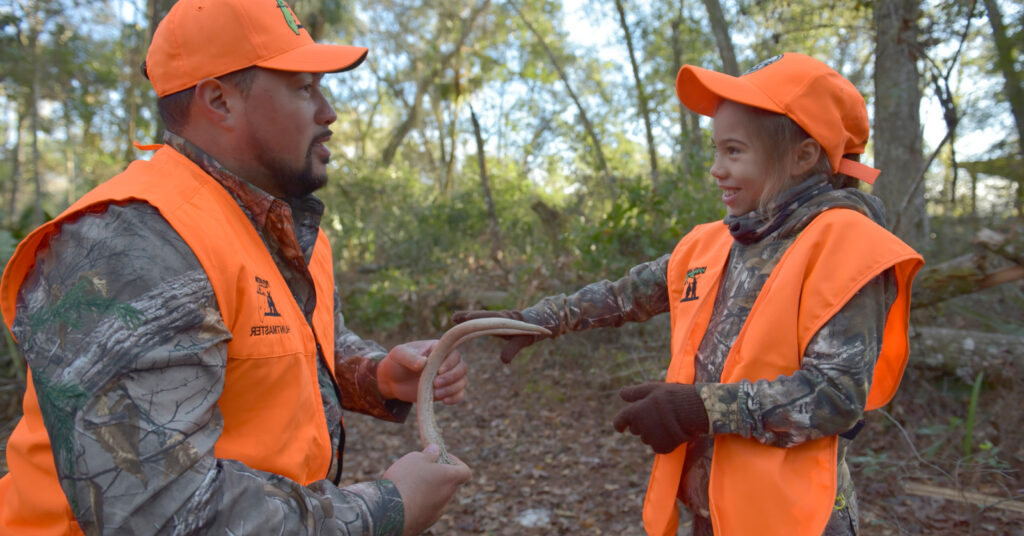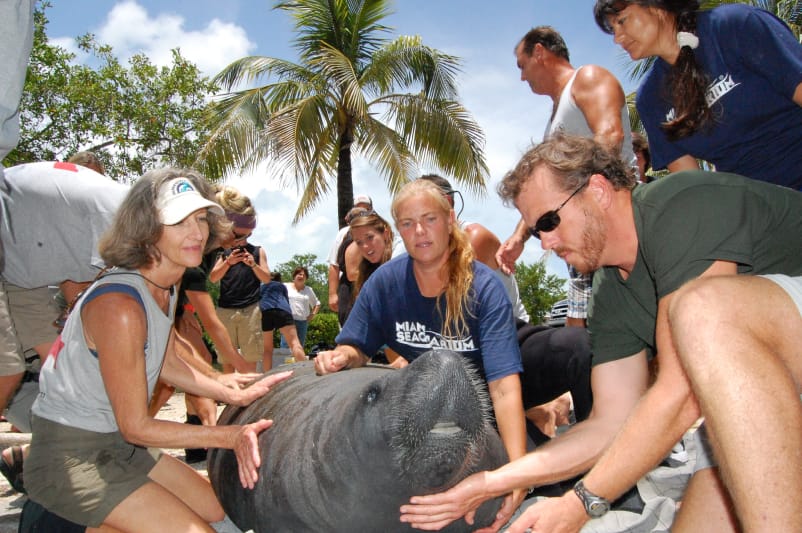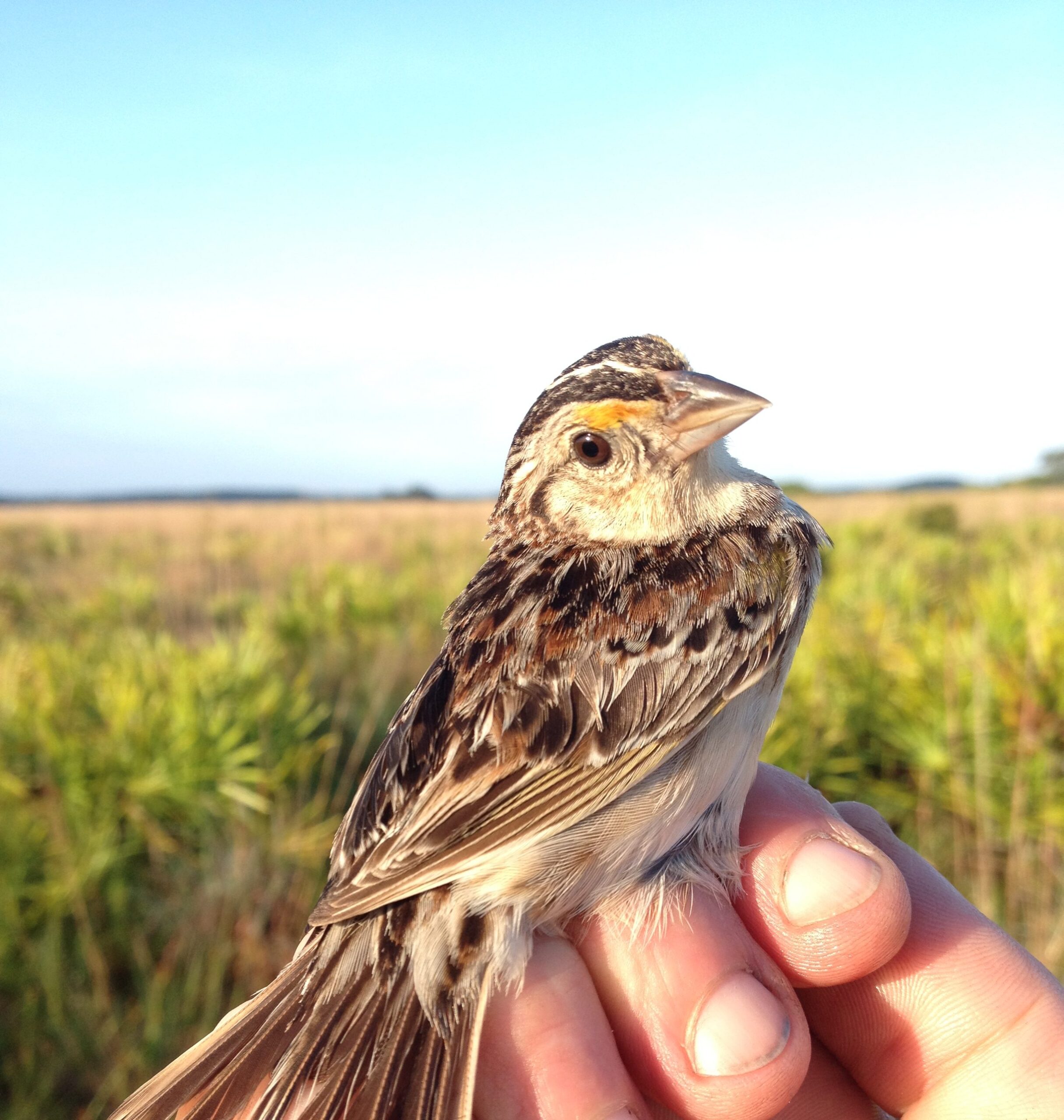
El gorrión saltamontes de Florida (Ammodramus savannarum floridanus) es una subespecie no migratoria del gorrión de pradera y se encuentra únicamente en las praderas secas del centro-sur de Florida. El canto del gorrión saltamontes de Florida suena muy parecido al de un saltamontes, de ahí su nombre. Los machos solo cantan unas pocas horas al día durante la temporada de reproducción para atraer a una hembra, y a menudo se posan en tallos de hierba o en hojas de palmito muertas. Su canto cambia una vez que se aparean y comienzan a construir un nido, lo que ayuda a los científicos a encontrar sus criaderos bien escondidos.
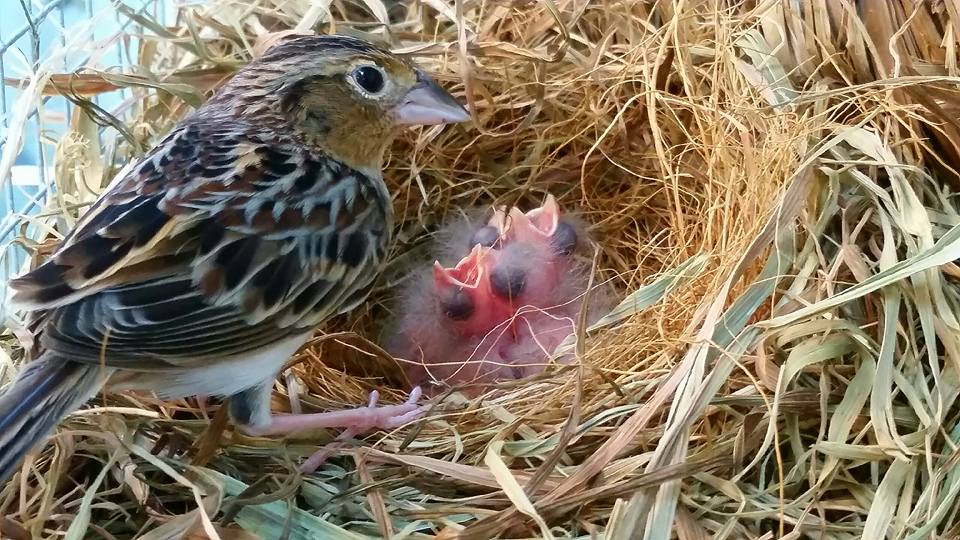
El gorrión necesita grandes espacios sin árboles dominados por matorrales de pasto, arbustos bajos y palmitos, con suficiente suelo desnudo intercalado para que esta ave que vive en el suelo pueda alimentarse de manera eficaz. Este hábitat depende de quemas frecuentes, tan frecuentes, de hecho, que los gorriones rara vez anidan en terrenos que no se hayan quemado en los últimos dos años. Los gorriones también prefieren áreas donde la densidad de palmitos es baja o donde se han cortado mecánicamente para permitir que predominen más pastos.
Quedan alrededor de 40 parejas anidadoras en estado salvaje, lo que convierte al gorrión saltamontes de Florida en el ave más amenazada de Norteamérica. La fragmentación y pérdida de hábitat debido al desarrollo, la falta de incendios frecuentes en las praderas, las inundaciones relacionadas con las tormentas y las altas tasas de depredación de nidos han provocado una disminución drástica de su población en los últimos 40 años.
Las aves que anidan en el suelo, como el gorrión saltamontes de Florida, sufren un alto índice de fracaso de los nidos, pero pueden volver a anidar varias veces al año como respuesta. Están respondiendo bien a un programa de cría en cautiverio establecido por el Servicio de Pesca y Vida Silvestre de Estados Unidos (USFWS) en la organización sin fines de lucro White Oak Conservation en Yulee, Florida, que la Fundación, la Comisión de Conservación de Pesca y Vida Silvestre de Florida (FWC), White Oak y otros están ayudando a financiar. Cada pareja que anida en White Oak está produciendo un asombroso promedio de nueve polluelos al año. El primero de estos gorriones criados en cautiverio comenzó a ser liberado en la naturaleza en mayo de 2019, con la esperanza de estabilizar y hacer crecer la población silvestre restante más grande de las aves. Más de 300 aves han sido liberadas desde 2019, y las liberaciones continúan. A junio de 2021, los biólogos han detectado al menos 60 aves liberadas en la población, incluidos machos y hembras. El 65% de las aves que nacieron en la naturaleza en 2020 tenían al menos un progenitor criado en cautiverio y liberado. Los biólogos todavía están recopilando datos de la temporada de cría de 2021, pero se espera que las cifras sean similares a las de 2020.
Los científicos de la FWC y del USFWS han desarrollado cercas que excluyen a los depredadores para reducir la pérdida de huevos y crías de aves a causa de serpientes, zorrillos, mapaches y otros depredadores. Las hormigas de fuego son un problema creciente; los científicos están en constante vigilancia de sus nidos, que se tratan con agua hirviendo para matar a las hormigas obreras antes de desenterrar el nido para matar a la reina.
Durante las lluvias intensas, el agua se acumula en la pradera. El FWC y otros científicos elevarán cada nido varios centímetros para salvarlo. Si se producen pocos nidos con éxito en una temporada determinada, esto puede tener consecuencias dramáticas en la disminución de la población.
¿POR QUÉ DEBERÍA IMPORTARNOS SI ESTOS GORRIONES DESAPARECEN?
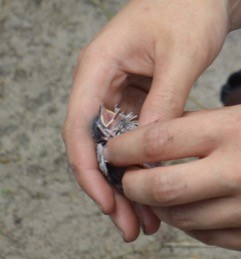
Salvar al gorrión saltamontes de Florida de la extinción es una tarea que requiere mucho trabajo, pero vale la pena. Es un símbolo de las praderas secas de Florida y su presencia o ausencia es un indicador fiable de la salud de todo el ecosistema.
Los gorriones saltamontes de Florida también son intrínsecamente importantes como parte de la biodiversidad de Florida y Norteamérica. La pérdida de una especie, como dice un científico, es como quemar un libro antes de leerlo. Una vez que desaparece, nunca se puede recuperar.
La última vez que ocurrió fue hace treinta años, cuando Florida y el mundo presenciaron la extinción del gorrión marino oscuro. Los esfuerzos de último momento por salvar al ave mediante la cría en cautiverio llegaron demasiado tarde, ya que los seis pájaros restantes eran machos.
¿CÓMO PUEDO AYUDAR?
Puede obtener más información sobre el gorrión de pradera de Florida y lo que se está haciendo para salvarlo a continuación. Cuéntele a otros sobre esto y considere donando a nuestro fondo de conservación de gorriones.
MÁS SOBRE CÓMO SALVAR AL GORRIÓN SALTAMONTES DE FLORIDA
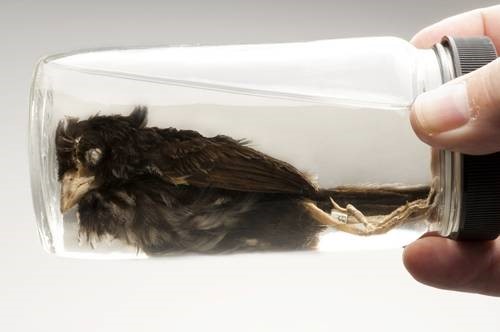
En junio de 1987, un pequeño pájaro blanco y negro con una distintiva raya amarilla sobre el ojo fue encontrado muerto en su plato de comida en el centro de especies en peligro de extinción en Walt Disney World, Florida. Llamado así por el identificador de metal en su pata, Orange era el último gorrión marino oscuro del mundo. Había sido capturado en 1980 con otros cinco, el último de una bandada que alguna vez contó con miles de ejemplares. Pero los biólogos actuaron demasiado tarde: Orange y sus compañeros eran todos machos. Cuando la humanidad actuó, todas las hembras conocidas habían desaparecido.
América del Norte se enfrenta a otra extinción aviar. En las últimas praderas secas que quedan en el centro-sur de Florida vive el ave más amenazada del continente, el gorrión saltamontes de Florida. Ammodramus savannarum floridanusAmenazados por depredadores y, desde la década de 1970, por una importante degradación y pérdida de hábitat, quedan menos de 100 gorriones saltamontes de Florida en estado salvaje.
Esta es una carrera contra el reloj de la extinción, una carrera que esta vez podemos ganar. La Fundación de Pesca y Vida Silvestre de Florida (FWFF), una organización sin fines de lucro fundada en 1994, está ayudando a financiar el trabajo de los científicos de White Oak Conservation, la Comisión de Conservación de Pesca y Vida Silvestre de Florida (FWC) y otras organizaciones para salvar al gorrión. Hemos contribuido con $1,869,130 para la mejor esperanza de supervivencia del gorrión: cría en cautiverio (conservación) y liberación.
La cría para la conservación es fundamental en una estrategia de cinco años para estabilizar la población salvaje del gorrión. La cría y liberación de aves criadas en cautiverio también permite ganar tiempo para proteger y restaurar más hábitat, establecer nuevas poblaciones salvajes y gestionar mejor los depredadores, parásitos y enfermedades a las que son susceptibles las aves. Si bien nuestro objetivo a largo plazo es hacer innecesaria la cría en cautiverio, sin la cría en cautiverio ahora, los modelos indican que la especie se extinguirá en la naturaleza dentro de diez años.
Sin embargo, a diferencia de lo que ocurre con muchas especies raras, la cría en cautiverio de gorriones saltamontes de Florida ha demostrado ser un gran éxito en sus primeros cuatro años. Los gorriones son reproductores prolíficos, una adaptación común entre las aves que anidan en el suelo, cuyos huevos y crías, incluso en las mejores épocas, sufren una depredación significativa e inundaciones ocasionales. Para estas aves, la seguridad está en los números: cuanto más aves haya en el paisaje, mayores serán las probabilidades de que nidos individuales y crías de aves escapen a la atención de pequeños mamíferos y serpientes. Al criar aves en cautiverio, a salvo de depredadores y otros peligros, y luego liberarlas en la naturaleza, los biólogos pueden aumentar en gran medida las probabilidades de que las aves juveniles alcancen la edad reproductiva.
La mayor parte de la cría de aves con fines de conservación se lleva a cabo en White Oak Conservation, Inc., una plantación de 700 acres en Yulee, Florida, cerca de Jacksonville. La organización sin fines de lucro White Oak Conservation, que forma parte de la plantación de 17 000 acres de White Oak, es pionera en la cría y recuperación de muchas especies. Con un peso de una onza al nacer, el gorrión saltamontes de Florida es la especie más pequeña que White Oak ha criado.
Desde que ingresó al programa en 2016, White Oak ha perfeccionado las técnicas de reproducción, eclosión y crianza de gorriones, y actualmente tiene la capacidad de cuidar a 14 parejas reproductoras. En 2017, cada una de estas parejas logró emplumar con éxito un asombroso promedio de 9,3 juveniles por temporada de reproducción. Se toman precauciones extremas para mantener a las aves cautivas libres de coccidiosis extraintestinal, encefalitis equina del este y otras enfermedades aviares.
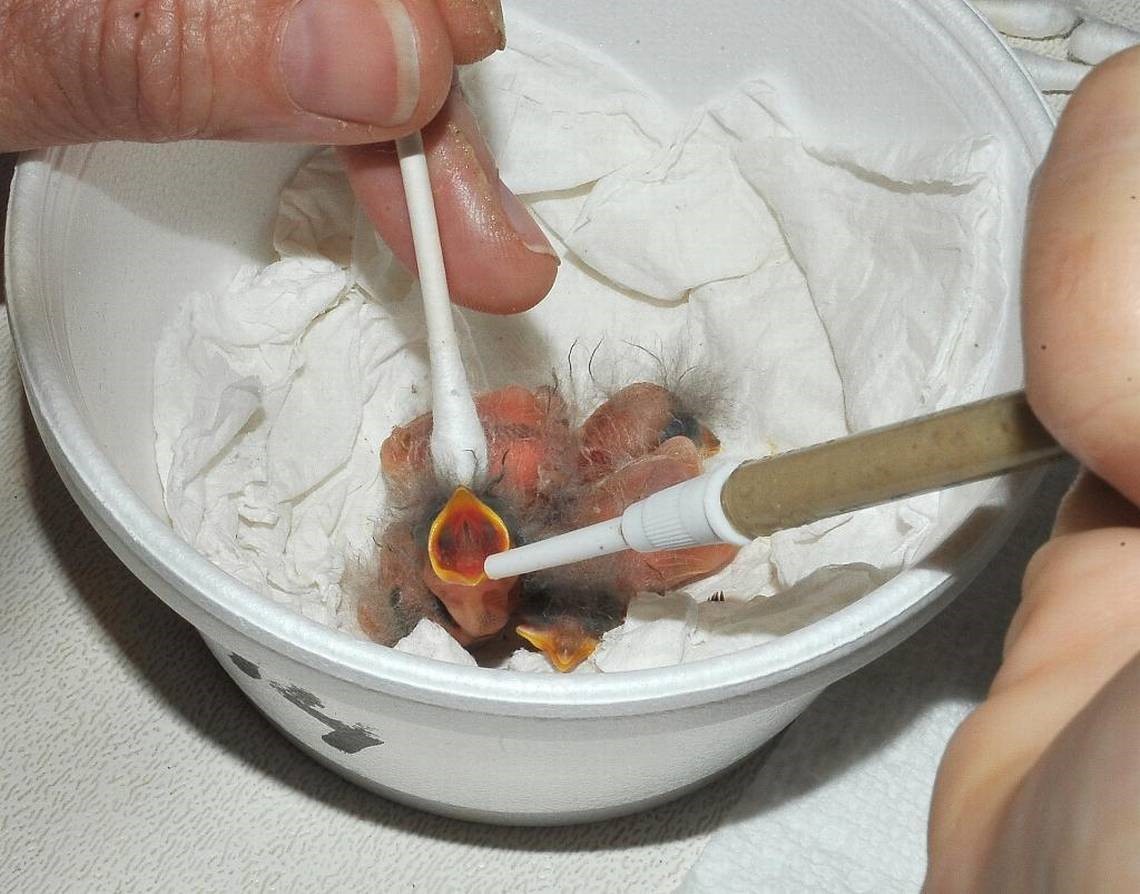
Preparándose para el lanzamiento: A cincuenta millas al sur de Orlando, en la segunda extensión de pradera seca más grande del país, los biólogos han erigido un aviario temporal para aclimatar a las aves criadas en cautiverio antes de liberarlas en la naturaleza. Las primeras aves criadas en cautiverio se liberaron en la población silvestre más grande que queda en 2019.
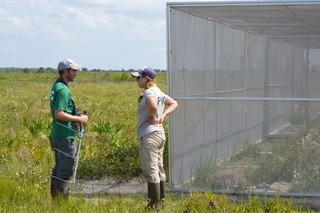 Los biólogos de FWC están rastreando a las aves y están utilizando cercas especiales y otras estrategias para evitar que los zorrillos, las serpientes, los mapaches y otros depredadores ataquen los nidos. Más de 300 aves han sido liberadas en la naturaleza en los últimos tres años, comenzando con las primeras liberaciones en 2019. En las aves cantoras, como los gorriones saltamontes de Florida, la supervivencia de los juveniles es naturalmente baja. Por lo tanto, muchas de las aves liberadas no sobreviven hasta el año siguiente y es necesario liberar a muchos individuos para tener un impacto positivo significativo en la población.
Los biólogos de FWC están rastreando a las aves y están utilizando cercas especiales y otras estrategias para evitar que los zorrillos, las serpientes, los mapaches y otros depredadores ataquen los nidos. Más de 300 aves han sido liberadas en la naturaleza en los últimos tres años, comenzando con las primeras liberaciones en 2019. En las aves cantoras, como los gorriones saltamontes de Florida, la supervivencia de los juveniles es naturalmente baja. Por lo tanto, muchas de las aves liberadas no sobreviven hasta el año siguiente y es necesario liberar a muchos individuos para tener un impacto positivo significativo en la población.
Nosotros y nuestros socios estamos recaudando o contribuyendo de otra manera $1,7 millones para apoyar el programa completo de cría en cautiverio y liberación de gorriones, lo que incluye el programa de cría en cautiverio y liberación (que incluye $300,000 para ampliar la población cautiva), la protección de los nidos silvestres restantes y la continuación de la investigación sobre enfermedades aviares, control de depredadores y otras necesidades.
Los programas de cría en cautiverio para la conservación salvaron al cóndor de California y también pueden salvar a su pequeño primo de Florida. En los últimos años, los biólogos han aprendido a proteger y criar gorriones saltamontes de Florida, manteniendo o restaurando su hábitat de pradera seca, del cual una cantidad suficiente está en manos de entidades de conservación para sustentar la existencia continua del ave. Tenemos la tierra, los expertos y, cada vez más, el conocimiento y la tecnología para recuperar esta especie. Confiamos en que podemos rescatar al gorrión saltamontes de Florida del borde de la extinción y nunca tener que observar impotentes cómo un futuro pájaro naranja envejece y muere junto con toda esperanza para su especie.
